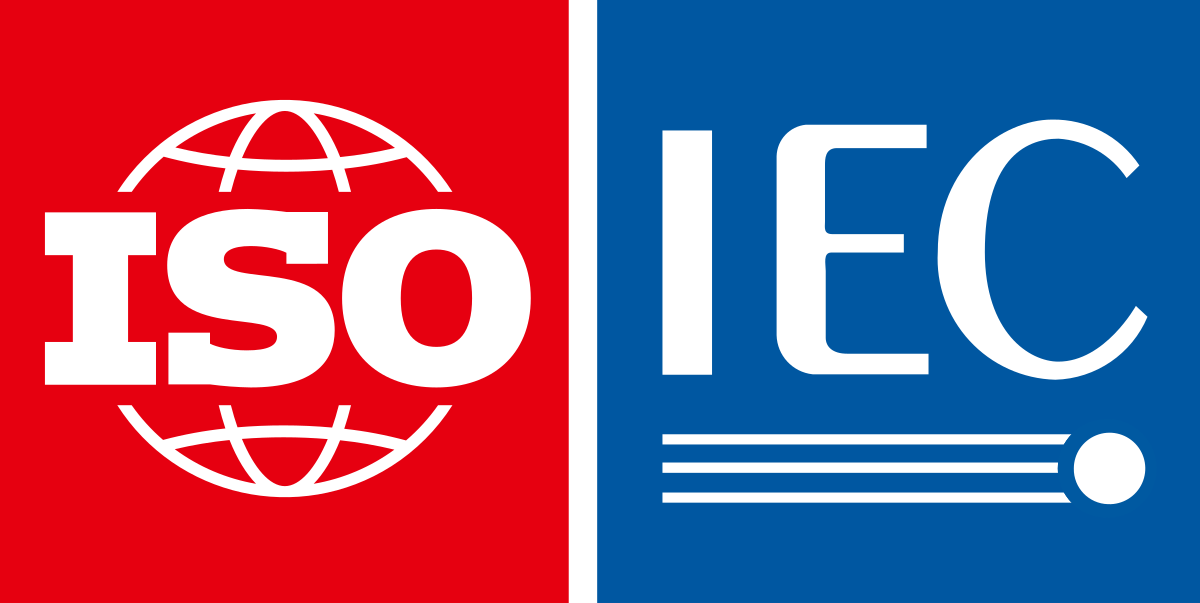Should My Ads Focus on Awareness or Sales?
Learn when to prioritize brand awareness versus direct sales in your advertising campaigns.
The Awareness vs. Sales Dilemma
When planning your advertising strategy, one of the most fundamental questions is whether to focus on building brand awareness or driving immediate sales. This isn't just a theoretical marketing debate—it's a strategic decision that directly impacts your ad performance, budget efficiency, and business growth.
Many businesses make the mistake of focusing exclusively on one approach, missing opportunities that a balanced strategy could provide. The truth is, most successful advertising strategies incorporate both awareness and sales elements, but the right balance depends on your specific business situation.
Understanding Awareness vs. Sales Campaigns
Let's start by clarifying the key differences between awareness and sales-focused advertising:
Primary Goal
Awareness Campaigns
Build brand recognition and reach
Sales Campaigns
Generate immediate conversions
Metrics
Awareness Campaigns
Impressions, reach, engagement, brand lift
Sales Campaigns
Conversions, ROAS, CPA, revenue
Targeting
Awareness Campaigns
Broader audiences, interest-based
Sales Campaigns
Narrow targeting, high-intent signals
Content Focus
Awareness Campaigns
Educational, entertaining, brand story
Sales Campaigns
Product benefits, offers, testimonials
Call-to-Action
Awareness Campaigns
Soft CTAs (Learn More, Watch Video)
Sales Campaigns
Direct CTAs (Buy Now, Sign Up Today)
Typical Cost
Awareness Campaigns
Lower CPM, higher total spend
Sales Campaigns
Higher CPC/CPA, more efficient ROAS
The Case for Awareness Advertising
Brand awareness campaigns build familiarity and trust with your target audience. Here's why they matter:
Benefits of Awareness Campaigns
- Builds brand equity: Creates long-term value in your brand
- Expands your audience: Reaches people who don't know you yet
- Supports future sales: People buy from brands they know and trust
- Reduces price sensitivity: Strong brands can command premium prices
- Creates competitive moats: Makes it harder for competitors to steal market share
When to Prioritize Awareness
New Business or Product Launch
When you need to establish presence in the market
Entering New Markets
When expanding to regions or demographics where you're unknown
Long Sales Cycles
When purchases require significant consideration and research
Competitive Differentiation
When you need to stand out in a crowded market
The Case for Sales Advertising
Sales-focused campaigns aim to drive immediate conversions and revenue. Here's why they're essential:
Benefits of Sales Campaigns
- Immediate revenue: Generates sales and cash flow quickly
- Clear ROI measurement: Easy to track performance and ROAS
- Targeted efficiency: Focuses on people most likely to convert now
- Performance optimization: Provides quick feedback for testing and improvement
- Competitive defense: Captures customers who are actively shopping
When to Prioritize Sales
Established Brands
When you already have strong brand recognition
Cash Flow Needs
When immediate revenue is a priority
Seasonal Opportunities
During peak buying seasons for your industry
Limited-Time Offers
When promoting time-sensitive deals or launches
Finding the Right Balance for Your Business
The ideal approach for your business depends on several factors. Here's how different business scenarios might influence your strategy:
New Business Launch
Need to establish brand recognition before driving sales
Established Business
Maintain awareness while driving consistent sales
Product Launch
Create buzz first, then convert interested prospects
Seasonal Business
Build awareness before peak season, focus on sales during it
Service Business
Longer sales cycles require education and trust-building
E-commerce Store
Direct response drives immediate revenue
The Full-Funnel Approach
Rather than choosing between awareness and sales, many successful businesses implement a full-funnel approach that addresses both objectives simultaneously but with different campaigns:
Top of Funnel (TOFU)
Recommended Platforms:
- Facebook/Instagram awareness campaigns
- YouTube ads
- Display advertising
- TikTok ads
Content Types:
- Educational videos
- Entertaining content
- Brand storytelling
- Thought leadership
Key Metrics:
Middle of Funnel (MOFU)
Recommended Platforms:
- Google discovery ads
- Facebook lead generation
- Content promotion
- Retargeting
Content Types:
- How-to guides
- Product comparisons
- Case studies
- Webinars
Key Metrics:
Bottom of Funnel (BOFU)
Recommended Platforms:
- Google search ads
- Shopping ads
- Retargeting campaigns
- Remarketing emails
Content Types:
- Product demos
- Special offers
- Testimonials
- Free trials
Key Metrics:
Common Mistakes to Avoid
When balancing awareness and sales campaigns, watch out for these pitfalls:
Common Advertising Mistakes
Expecting Sales Results from Awareness Campaigns
Awareness campaigns should be measured by reach and engagement, not direct conversions
Neglecting Brand Building for Quick Sales
Focusing only on sales can lead to diminishing returns as you exhaust high-intent audiences
Using the Wrong Creative for the Campaign Type
Awareness ads need different messaging and visuals than sales ads
Improper Budget Allocation
Spreading budget too thin across too many campaigns reduces effectiveness
Measuring Success: Different Metrics for Different Goals
It's crucial to use the right metrics to evaluate your campaigns based on their primary objective:
Awareness Campaign Metrics
- Reach: How many unique people saw your ads
- Impressions: Total number of times your ads were displayed
- Brand lift: Increase in brand recognition and recall
- Engagement rate: Likes, comments, shares, and other interactions
- Video view rate: Percentage of video watched
- New website visitors: First-time traffic to your site
Sales Campaign Metrics
- Conversion rate: Percentage of ad clicks that result in desired actions
- Cost per acquisition (CPA): Cost to acquire a customer
- Return on ad spend (ROAS): Revenue generated per dollar spent
- Average order value (AOV): Average purchase amount
- Click-through rate (CTR): Percentage of impressions that result in clicks
- Cost per click (CPC): Average cost for each click
Creating a Balanced Advertising Strategy
Here's a step-by-step approach to developing a balanced advertising strategy:
- Assess your current situation: Evaluate brand awareness, sales cycle, and competitive landscape
- Define clear objectives: Set specific goals for both awareness and sales
- Determine your budget split: Allocate budget based on your business scenario
- Create separate campaigns: Develop distinct campaigns for awareness and sales goals
- Implement proper tracking: Set up analytics to measure both short and long-term impact
- Test and optimize: Continuously refine your approach based on results
- Adjust over time: Shift budget allocation as your business evolves
The Bottom Line
The question isn't whether to focus on awareness or sales—it's how to balance both effectively. Most businesses need both types of advertising, working together in a strategic funnel that builds awareness at the top and converts sales at the bottom.
Your specific balance will depend on your business maturity, industry, sales cycle, and current goals. By understanding the strengths and appropriate uses of both awareness and sales campaigns, you can create an advertising strategy that drives both short-term results and long-term growth.
Remember, awareness and sales campaigns aren't competing approaches—they're complementary strategies that work best when used together in a thoughtful, integrated advertising plan.



